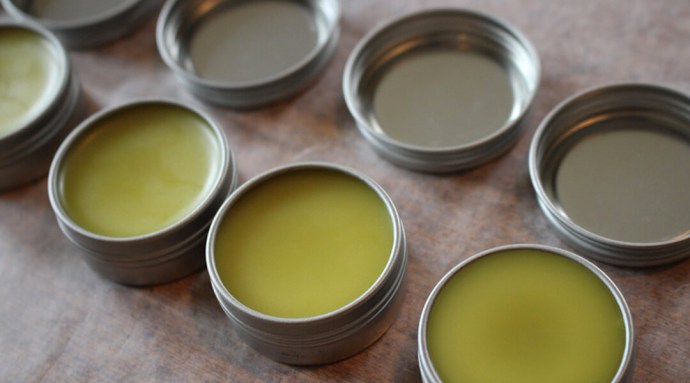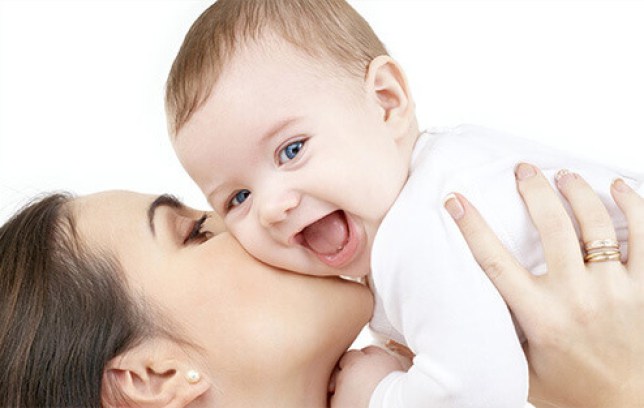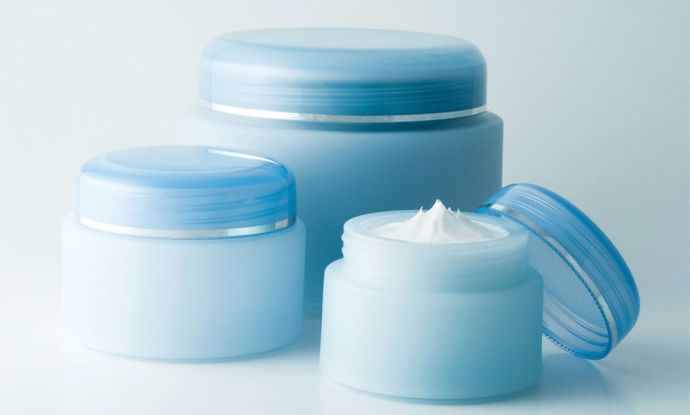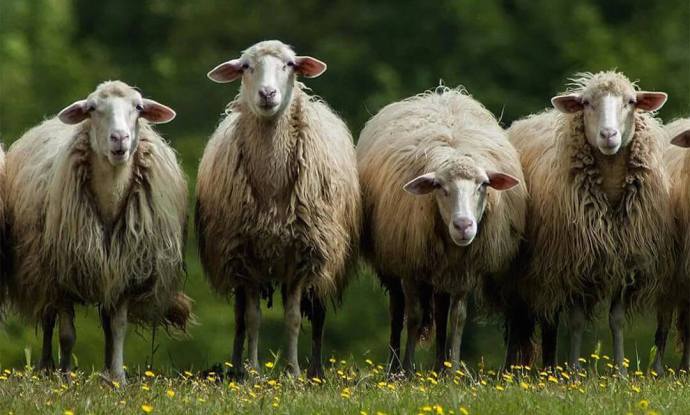HOW TO PICK THE BEST NIPPLE CREAM FOR YOU AND YOUR BABY
All mothers have been through it, the pain and discomfort of sore nipples after breastfeeding or pumping. According to Danielle Rigg, a certified lactation counselor and co-founder of the Best for Babes Foundation, she noted that sore nipples and pain are almost always a sign of a poor latch, and a poor latch is usually both avoidable and correctable.
While you are trying to get the breastfeeding-latching dance correctly and also the constant wet and dry around the nipple due to breastfeeding, it's inevitable that sometimes you will have a crack and sore nipple. A sore and cracked nipple can be painful and annoying, and if not taken care of, your next feeding or pumping can alleviate the pain further and make breastfeeding a challenge.
Criteria For The Best Nipple Cream

While you work to get the correct latch, nipple cream can provide added comfort and healing. But with so many choices out there, which one do you decide is the best nipple cream for you and your baby?
Of cause, safety is the top priority here, but there are other criteria you should look into too. Look for the following points if you want to buy the best nipple cream.
Does it serve the purpose?
It should do what you expect it to, which is, to soothe and heal your sore nipple fast. Not all nipple creams are created equal. Hence, do not assume any nipple creams can get the work done well.
Cost
Decide whether you want an expensive brand or are you more of a value-for-money person. A more expensive nipple cream may mean more organic ingredients safer to mother and baby even it was ingested while breastfeeding. So give a thought to this.
Ingredients
Each nipple creams brands will claim to be the best nipple cream for mother and baby. However, many times when you look closely at the ingredients use to make the nipple cream can indicate thing otherwise.
Inevitably some of the salve is going to be ingested by your baby. If the label says things like "you have to remove it before feeding", usually it's a good sign to avoid that nipple cream.
Is it easy to apply?
While it's common to assume that all nipple creams should be easy to use but there are some salve and balm can be surprisingly hard to apply. You need a smooth, non-sticky, easy-to-use cream as you will be using it in an area which is already painful and sore. You do not want to add any additional pain to your sensitive nipple already.
The smell
Make sure the salve is unscented; your baby may be sensitive to the smell and refuse to breastfeed. All those scented nipple creams are just part of the marketing gimmick, and they give no benefits in healing your sore and cracked nipples.

Check out these 14 best nipples creams and many of them are organic and safe for mother and baby. These salve and balms are great at helping to heal cracked and sore nipple fast and efficient.
What kind of Nipple Cream Should You Avoid?

Sometimes our buying habit can lead us to buy a cheaper product just because we wanted to save a few bucks. While it's a logical consumer behavior but do not make your buying decision solely on price alone.
Don’t be swayed by the cheap price salve and balm as these are often made up of chemical fillers trying to compensate for their lack of quality ingredients.
Before you buy any nipple cream over the counter, examine the ingredients and the fine print on the back of the packaging. Pay close attention to these items:
Numbing effect
Be careful of products that cause numbness. The ingredients used can interfere with the let-down reflex of milk or could numb your baby’s mouth enough to prevent her from feeding.
Steroid or similar kind is the usual culprit for creating a numb effect and hence make you think the pain has gone away but usually will come back again after a few hours.
Alcohol content
While alcohol is good at disinfecting bacteria but they are poor when coming to skin care products. Alcohol can dry out your skin even more and cause more cracks and even more pain.
Harsh chemicals
Some chemicals in the cream can cause even more irritation to an already sensitive area. Avoid salve and balm made with parabens, triethanolamine, mineral oil and petroleum.
Whenever you see such foreign ingredients present or ingredients that you can't even pronounce in the nipple cream, it's best to avoid it at all cost.
Remove before feeding
If the label recommends that you remove the cream before feeding your baby, then it’s probably not the best nipple cream for you. A nipple cream that needs to be removed before feeding likely means that it's not safe to be ingested by your baby.
What You Should Know About Lanolin-Based Nipple Cream

You probably heard a lot about lanolin-based nipple cream from your parent or grandparent. Lanolin-based cream does wonder to a cracked and sore nipple. Lanolin is a natural, unscented cream which heals quickly without scabs and provides comfort for your painful nipple due to breastfeeding. It forms a barrier for painful nerves.
Many older generation will say lanolin-based creams are the best nipple cream to heal sore and cracked nipples. While they are right as back at their time, there is barely any safer option like the organic nipple cream available on the market like today.
While lanolin-based nipple cream is great but the safety of this type of cream is not what you might think it is. Also, there is one st udy suggests that lanolin-based cream does not help in healing sore nipple too. Consider these factors before going for this option:
The Use of Pesticides
Lanolin is recovered from shaved sheep’s wool. The newly shaved wool must be cleaned and treated for parasites by using pesticides. The lanolin extracted after this process may have traces of the pesticides in it still.
Though technology advancement has made this process rather safe but it's a good idea never to take any chances especially knowing that the ream you applied to your nipple, and your baby will ingest a small portion of it.
Allergies to Wool
Lanolin is wool wax or grease. Some babies can have an allergy to wool. So if you or your child has an allergy to wool, do not use lanolin-based cream. Always check with your doctor to verify if a lanolin-based cream is safe for you and your baby.
Animal Derivative
Lanolin is sheep’s sweat that has gathered in the wool. If you have reservations about using animal products or are vegan, you may want to consider buying some other cream.
While lanolin-based nipple cream does carry its risk but the most famous lanolin varieties are produced by Lansinoh and Medela, and each is rated a low risk with only a 1/10 on Skin Deep Hazard Rating.
But due to the potential risks of lanolin, I would prefer to avoid them and look for other alternatives which are safe like those organic nipple creams.
However, if you have a high tolerance for the lanolin creams' risk, here are the 2 most famous lanolin-based creams loved by the mother community - Lansinoh HPA Lanolin for Breastfeeding Mothers and Medela Tender Care Lanolin.
This is from the Lansinoh website regarding their Lansinoh HPA Lanolin Cream: "has been refined…to remove all allergenic components…and to bring to the lowest level possible any environmental impurities (including pesticide residues)." There is no similar info provided by Medela though.
Here is a short review video on Lansinoh HPA Lanolin cream.
Take Away
While they are ample of nipple creams for you to choose in the market nowadays but picking the best nipple cream can be a tad bit challenging especially every brand claimed to be the best.
So on your next shopping trip, always remember the criteria what make a good nipple cream as mentioned above and spend some time to read the ingredients on the packaging. You can almost get a good idea which one to buy after that. Alternatively, read this post where I have prepared a list of the best nipple creams that your money can buy.
This post comes from the TODAY Parenting Team community, where all members are welcome to post and discuss parenting solutions. Learn more and join us! Because we're all in this together.
